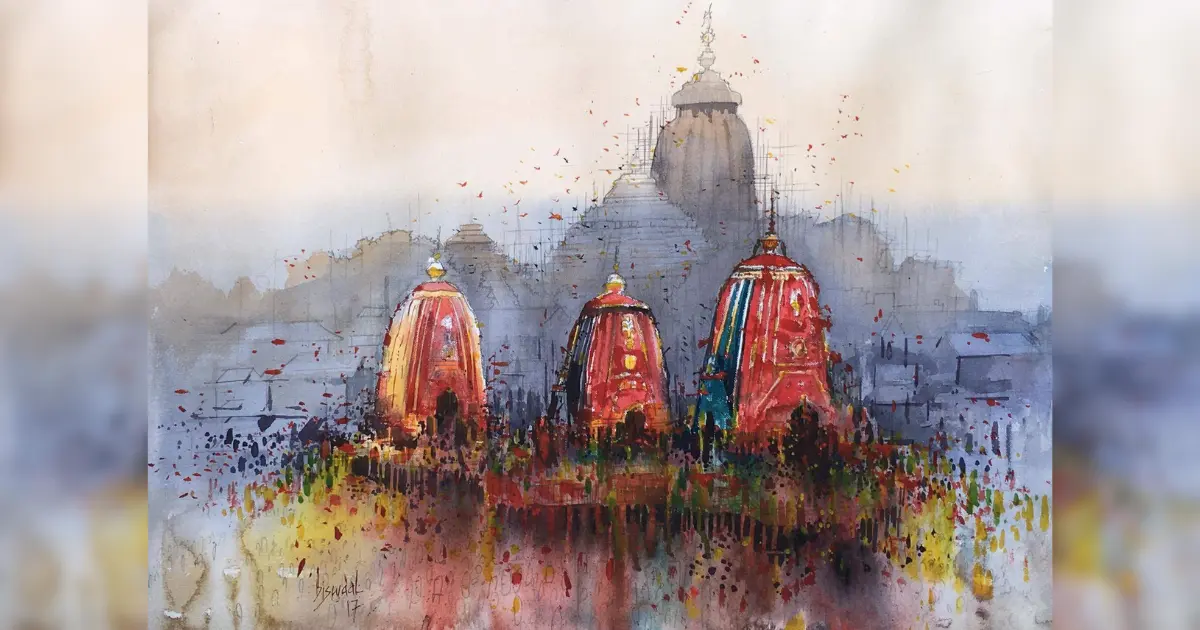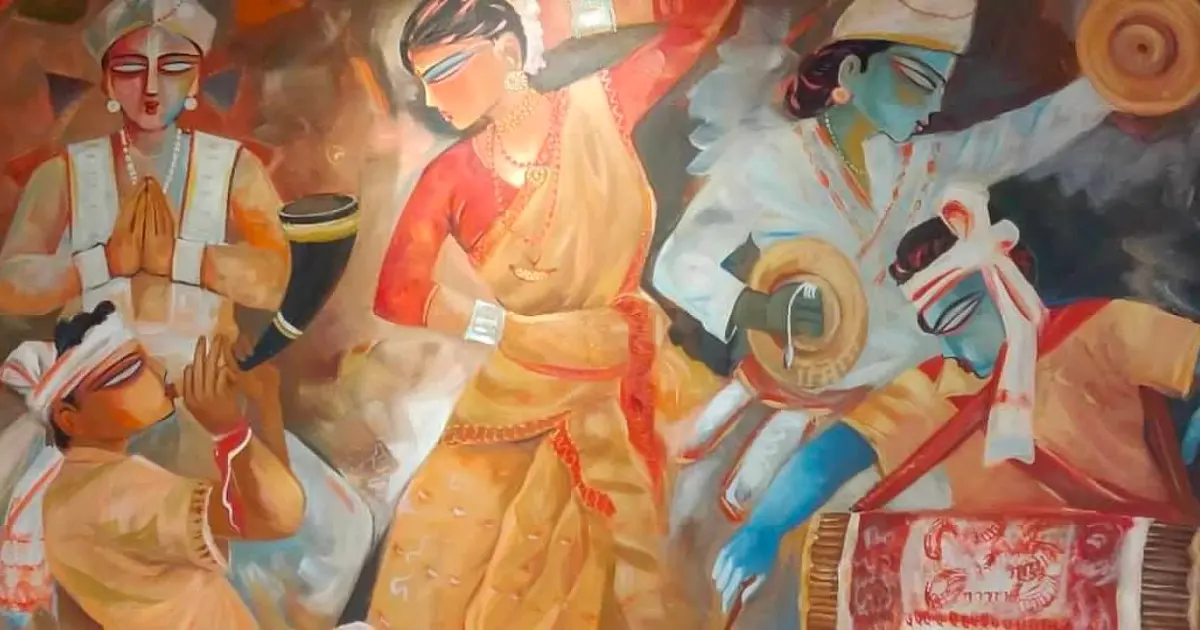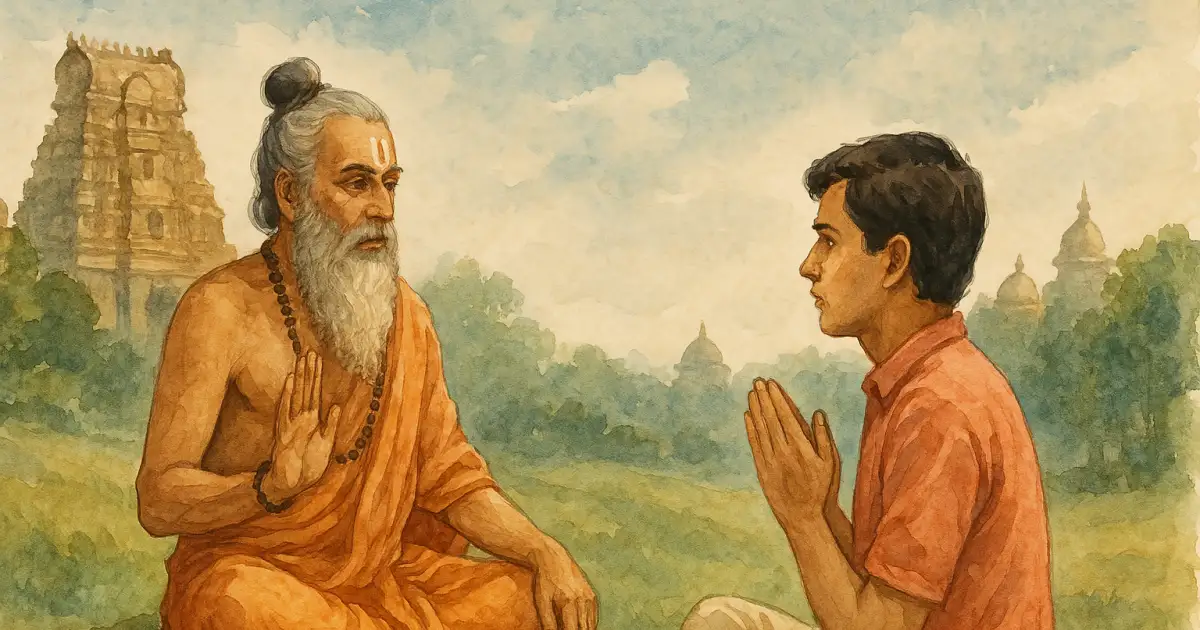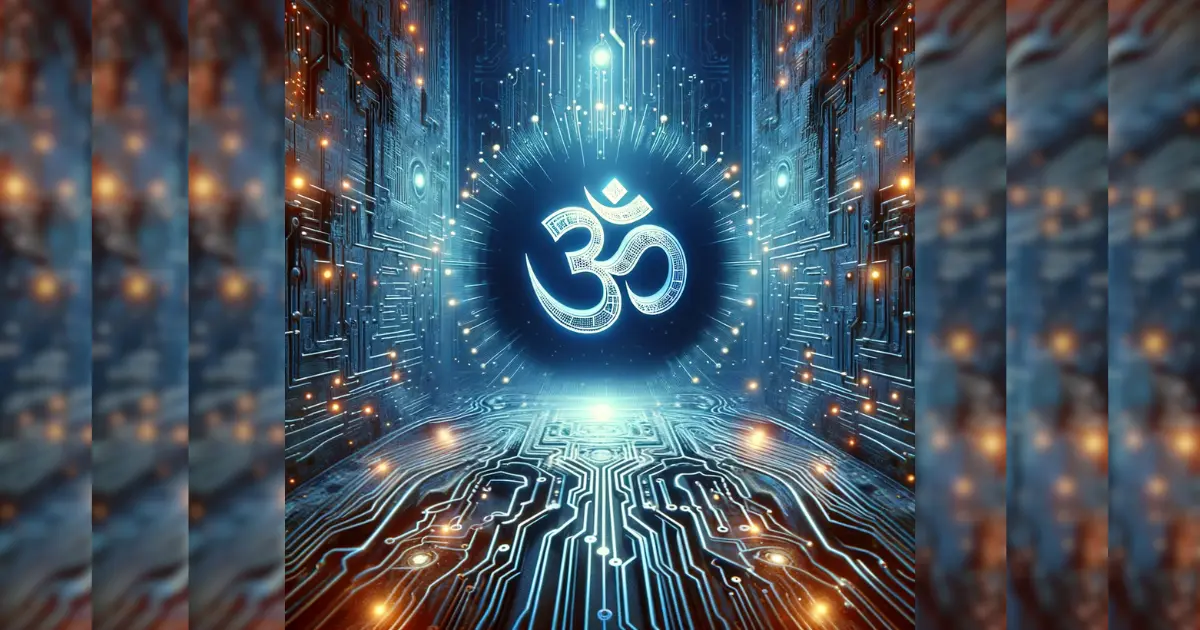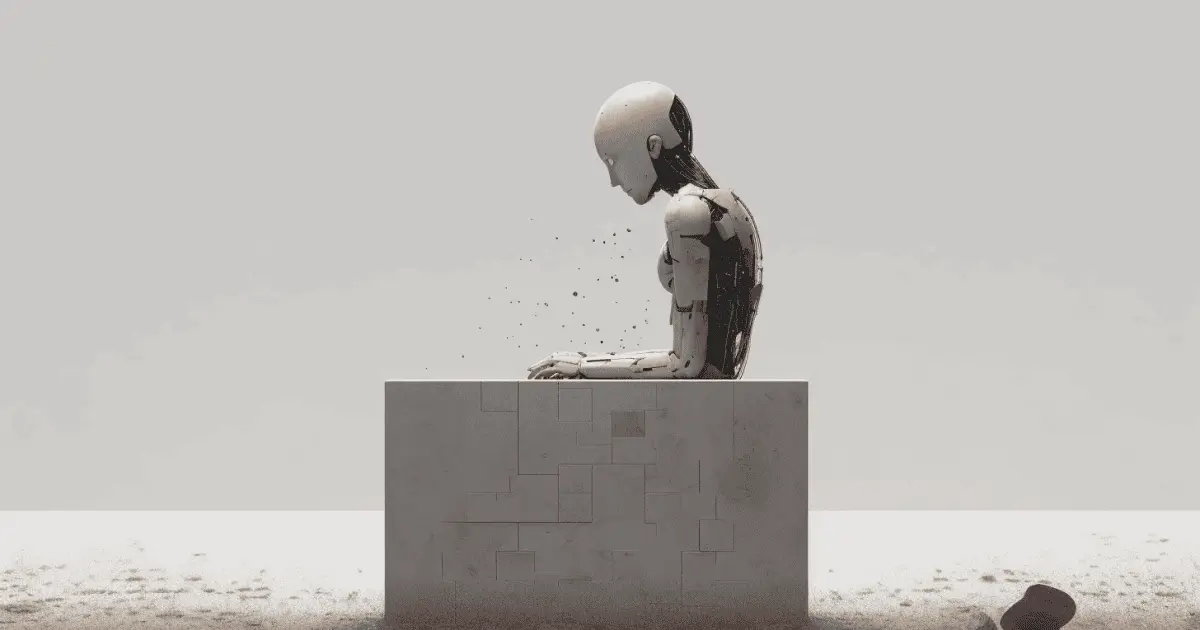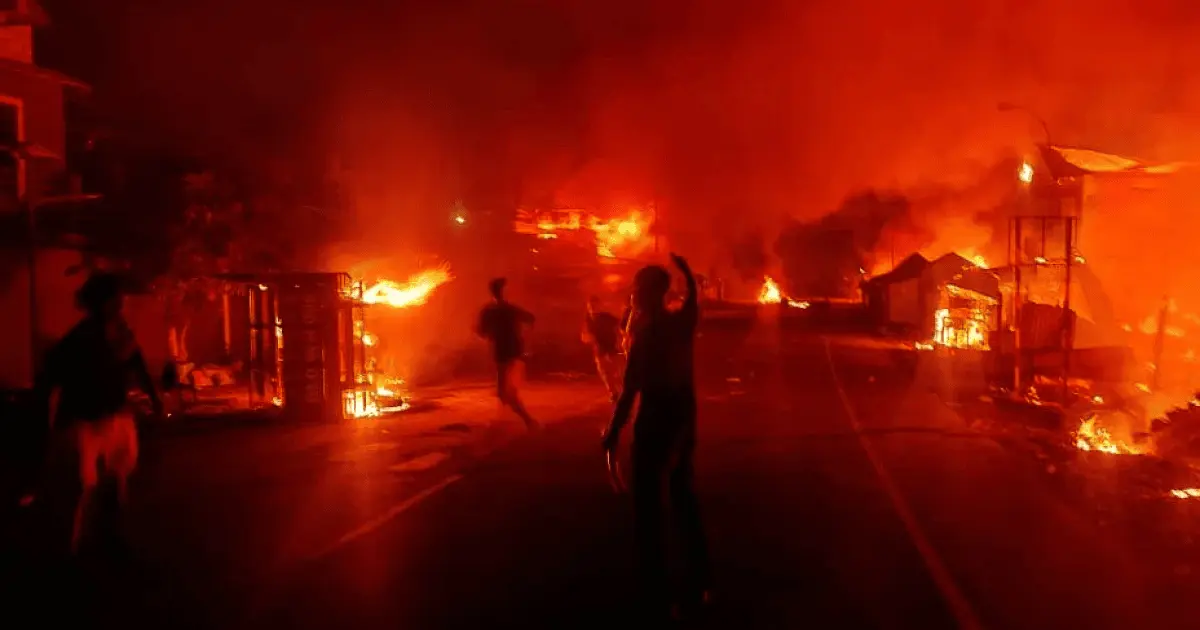Read Part 1.
The Installation process of the Grand Chariots
As per the Skanda Purāņa, three excellent chariots were made for the deities to carry the deities from Guṇḍicā house to the mansion - they are big and strong, fitted with gold, adorned with silken cloth and jewel-studded necklaces. The chariot of Lord Viṣṇu was marked with the Garuḍa emblem, fitted with sixteen wheels, and with a width of sixteen hastas. Bālabhadra’s chariot had the palm tree as the emblem, fourteen wheels, and a width of fourteen hastas. The chariot of Subhadrā was fitted with twelve wheels, of a width of twelve hastas, with the lotus emblem atop. These chariots were designed by Viśvakarmā and installed by Nārada.
Sage Jaimini mentions the entire chariot installation process as performed by Nārada muni:
A grand and pure altar was prepared northeast of the chariot, where sacred rituals begin the night before the installation, with Svastivācana and Aṅkurārpaṇa (sprouting seeds). At dawn, sacred symbols like a lotus or Svastika were drawn, and a water pot was filled with holy waters, herbs, precious stones, Pañcagavya, and covered with silk, garlands, fruits, and a sacred thread. An idol of Lord Narasiṃha was placed inside, invoked with Vaidika mantras and offerings. A thousand and eight fire offerings were performed. The chariot was then decorated with flags, garlands, sandal-paste water, and perfumes, with conches and drums sounding. Black aloe was burned for fragrance. The wind-god was invoked into the chariot's flag, and Garuḍa (Suparṇa) was installed with hymns and prayer.
The chariot was consecrated with water and Vaidika chants. Final offerings were made, and Brāhmaṇas were honoured with gifts and feasting. The chariots of Bālabhadra, Subhadrā, and Jagannātha were then individually installed using specific mantras - the Vāsudeva mantra, Lakṣmīsūkta, and others for their emblems.
Once the idols were installed in their decorated chariots, a celebratory procession followed with mantras, music, flowers, and incense. The deity was drawn by men, horses, and bullocks with great devotion. Offerings were made to all divine forces to ensure protection and auspiciousness. The chariots moved slowly and gracefully, accompanied by Vaidika chants and joyful cries of victory.
Celebrations as mentioned in Skanda Purāṇa:
While the Skanda Purāṇa goes into detail regarding the history and celebrations around the festival, a summary of the celebrations are thus:
The Lord said:
Celebrating the grand Guṇḍicā procession, especially on the second day of Āṣāḍha (even without the Puṣya star), pleases me deeply.
The Guṇḍicā pavilion is where I was first worshipped. It's also where King Indradyumna performed his thousand horse-sacrifices. That sacred ground, filled with divine energy, is dear to me, just like the Nīla mountain where I now reside.
By King Indradyumna’s devotion, and at the request of Brahmā, I stay here (Jagannātha temple, Puri); but each year, I journey for nine days to bless all who gather at the lake where countless holy rivers spiritually converge. Just seeing me there brings liberation from the cycle of rebirth.
When I return on the ninth day, facing south, every step taken to witness me is as meritorious as performing a horse-sacrifice. Such devotees enjoy divine pleasures and ultimately unite with me.
My every movement - rising, sleeping, even turning - is a reason for celebration. So too are festivals like Dolāyātrā in Phālguna, where I swing in joy, and Akṣayatṛtīyā in Vaiśākha, when I’m adorned in fragrant unguents.
Those who celebrate my festivals with faith shall gain all four aims of life - Dharma, Artha, Kāma, and Mokṣa - and be freed from all sin.
Untoward Happenings during the Procession, and their Remedies
The Skanda Purāṇa also mentions that various mishaps during the chariot procession are seen as ominous:
- A broken shaft — threat to Brāhmaṇas,
- Broken axle — threat to Kṣatriyas,
- Broken balance beam — danger to Vaiśyas,
- Broken yoke pin — peril to Śūdras,
- Broken axle pin — drought,
- Broken pedestal — suffering for the people,
- Broken wheel — enemy invasion,
- Fallen flagstaff — change of kingship,
- Broken idol — death of the king,
- Shattered chariot — widespread destruction.
If any such evil sign appears, the appropriate remedial rites must be performed, such as repeating the offerings, Śānti Homa, feeding Brāhmaṇas or donating grain. A new fire should be kindled in the northeast, using Palāśa twigs smeared with ghee and honey, accompanied by peace-invoking mantras for universal well-being. Finally, after planetary pacification rites (Grahaśānti), the idols are reinstalled in the mansion as per sacred procedure.
The Modern Day Temple
The Lord, upon installation, promised King Indradyumna that even if the mansion built by him ever cracks or perishes, he will never abandon this spot. According to historical sources, the credit for the construction of the present-day monumental Jagannātha temple goes to the early 12th-century Eastern Gaṅgā Dynasty. The king who reigned during the time was named Anantavarman Chodaganga Deva (1078–1147 CE). It is believed that the Gaṅgā dynasty instituted ratha yātrā after the great temple around 1150 AD. Since then, the ratha yātrā has been observed with great pomp and show.
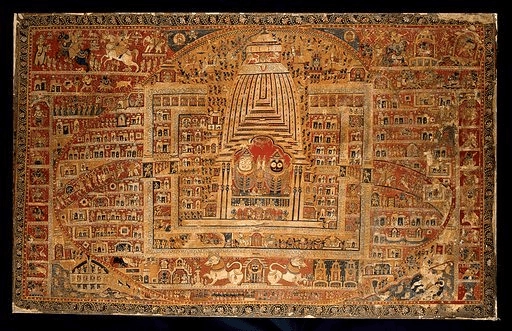
Read Part 3.
